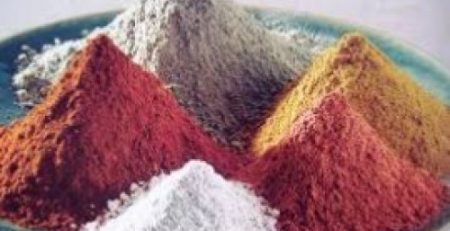What is Wollastonite?
Wollastonite is a naturally occurring mineral with many unique characteristics. Through advanced processing, it has become one of the most versatile functional fillers in the marketplace. Wollastonite increases the performance of many products including plastics, paints and coatings, construction materials, friction, ceramic and metallurgical applications to name a few.
Wollastonite is an industrial mineral comprised chemically of calcium, silicon and oxygen. Its molecular formula is CaSiO3 and its theoretical composition consists of 48.28% CaO and 51.72% SiO2. Natural wollastonite may contain trace or minor amounts of various metal ions such as aluminum, iron, magnesium, potassium and sodium. Wollastonite is rarely found by itself and generally contains other minerals like calcite, garnet and diopside that are removed during processing.
Optimum performance is created by properly matching the correct coupling agent at the right concentration level to the polymer system. Overall, the benefits of a surface modified wollastonite are improved physical properties, improved processing along with improved dispersion of the resin.
Plastics: In plastics, wollastonite improves the durability of the composite due to its acicular or needle-like structure. It also enhances electrical insulating properties, adds fire resistance, and improves dimensional stability. Finer particle size grades provide improved scratch and impact resistance compared to other materials. The application of surface treatments like silanes on the wollastonite substrate changes the mineral from a utilitarian filler to a functional component of a polymer composite. This in turn adds performance values which the base resin alone does not possess. Optimum performance is created by properly matching the correct coupling agent at the right concentration level to the polymer system. Overall, the benefits of a surface modified wollastonite are improved physical properties, improved processing along with improved dispersion of the resin.
Construction: Wollastonite has found application as a substitute for asbestos in fire-resistant building products used in the construction industry. As a functional additive, wollastonite improves flexural and impact strengths. Its low thermal conductivity and high aspect ratio structure also makes wollastonite an attractive addition for applications requiring fire resistance. Wollastonite finds application in interior and exterior construction boards, roof tiles, shaped insulation products, sheets, panels and sidings.










